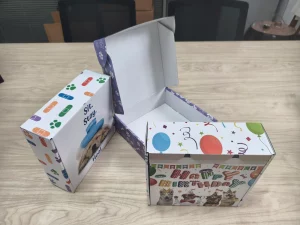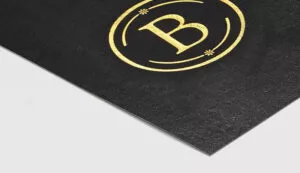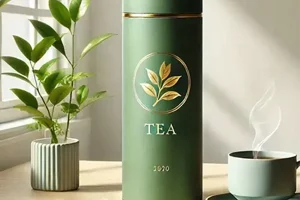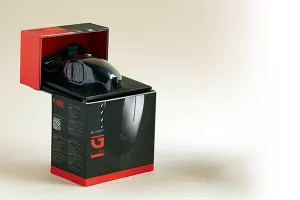Every day, I see hundreds of food products on store shelves. After 10 years in the packaging industry, I still find many business owners confused about proper food packaging choices.
Food packaging refers to any container or wrapper that holds, protects, and preserves food products. It includes materials like paper, plastic, glass, or metal that maintain food safety, extend shelf life, and provide crucial product information to consumers.

I’ve worked with countless food brands, and I’ve learned that choosing the right packaging can make or break a product’s success. Let me share some essential insights about food packaging that will help you make better decisions for your business.
What is the function of packaging?
When a client lost $50,000 worth of products due to poor packaging choices, I realized how crucial it is to understand packaging functions. The right packaging can prevent such costly mistakes.
Packaging serves multiple functions: it protects food from contamination, preserves freshness, provides information, enables efficient distribution, and helps with marketing. Each function plays a vital role in the product’s journey from production to consumption.

Core Functions of Food Packaging
| Function | Purpose | Example |
|---|---|---|
| Protection de l'environnement | Guards against physical damage | Shock-absorbing materials |
| Preservation | Maintains food quality | Moisture barriers |
| Information | Communicates with consumers | Nutrition labels |
| Distribution | Enables efficient handling | Standardized sizes |
| Marketing | Attracts customers | Brand designs |
In my experience working with various food brands, I’ve identified three critical aspects of packaging functionality:
-
Physical Protection: This is the first line of defense. I’ve seen how proper packaging prevents crushing during transport and protects against environmental factors. For instance, I once helped a cookie manufacturer reduce breakage by 90% by redesigning their packaging structure.
-
Barrier Properties: Different foods need different barriers. Some need protection from moisture, others from light or oxygen. I always recommend testing packaging materials under various conditions to ensure they provide the right barrier properties.
-
Communication Platform: Packaging is a silent salesperson. It needs to communicate ingredients, nutritional information, and brand values effectively. I’ve worked with brands to optimize their packaging design to improve consumer understanding and boost sales.
Why is food packaging very important?
Last year, I saw a small bakery lose its reputation because of poor packaging decisions. Their delicious pastries arrived stale and damaged to customers. This shows how packaging can affect a food business’s success.
Food packaging is crucial because it ensures food safety, maintains quality, extends shelf life, and helps businesses comply with regulations while building their brand identity and connecting with consumers.

Key Aspects of Food Packaging Importance
| Aspect | Impact | Business Value |
|---|---|---|
| Food Safety | Prevents contamination | Builds trust |
| Contrôle de la qualité | Maintains freshness | Reduces returns |
| Brand Identity | Creates recognition | Increases sales |
| Conformité réglementaire | Meets legal requirements | Avoids penalties |
| User Experience | Improves convenience | Builds loyalty |
From my decade of experience in the packaging industry, I’ve observed several critical factors:
-
Safety Assurance: Food packaging is the primary barrier between food and potential contamination. I always emphasize to my clients that investing in high-quality food-grade packaging materials is non-negotiable. For example, I helped a dairy company implement tamper-evident seals that increased consumer trust by 45%.
-
Compétitivité du marché1: In today’s competitive market, packaging can differentiate your product. I’ve seen brands increase their sales by 30% just by upgrading their packaging design while keeping the same product inside.
-
Consumer Experience2: Good packaging enhances the user experience. I recently worked with a ready-meal company to develop easy-open, microwave-safe containers that significantly improved customer satisfaction scores.
How can food packaging help to reduce food waste?
In my factory, we used to see significant food waste during transport. After implementing better packaging solutions, our clients reported up to 40% reduction in product damage and waste.
Smart packaging design and materials can significantly reduce food waste by extending shelf life, protecting against damage, and enabling proper portion control. Modern packaging solutions also include features that help consumers store and use products more efficiently.
Food Waste Reduction Strategies
| Strategy | Method | Impact |
|---|---|---|
| Portion Control | Resealable packaging | Reduces overconsumption |
| Shelf Life Extension | Modified atmosphere | Extends freshness |
| Protection de l'environnement | Impact-resistant materials | Prevents damage |
| Storage Solutions | Smart design features | Improves preservation |
| Information | Clear storage guidelines | Educates consumers |
My experience with food waste reduction3 through packaging has taught me several valuable lessons:
-
Innovative Solutions: I’ve implemented various technologies like resealable zippers and portion-control features. These simple additions have helped our clients reduce product waste by up to 25%.
-
Material Selection: The right material choice is crucial. I once helped a fresh produce company switch to breathable packaging materials1, which extended their product shelf life by 5 days.
-
Consumer Education: Clear storage instructions and "best by" dates on packaging can significantly impact waste reduction. I’ve worked with brands to include simple but effective storage tips that helped reduce consumer waste by 30%.
Conclusion
Food packaging is a crucial element in the food industry that protects products, extends shelf life, ensures safety, and helps reduce waste. Proper packaging choices can significantly impact a food business’s success and sustainability.
-
Learn about the advantages of breathable packaging materials and how they can extend shelf life and reduce waste in fresh produce. ↩ ↩
-
Exploring how packaging design can enhance market competitiveness can provide insights into boosting sales and brand recognition. ↩
-
Explore this resource to discover innovative strategies and insights on reducing food waste effectively, enhancing sustainability efforts. ↩








